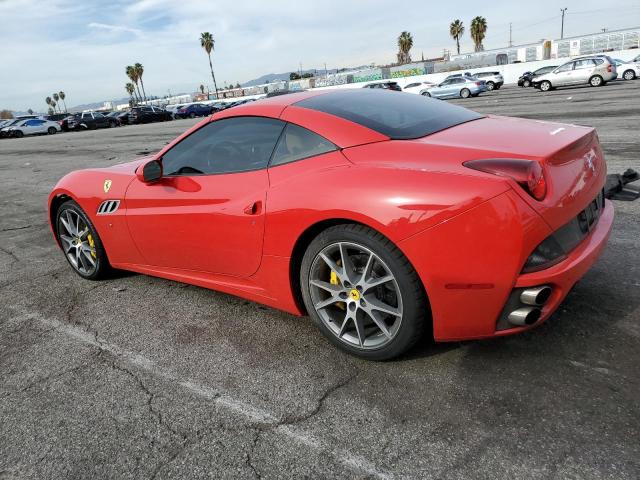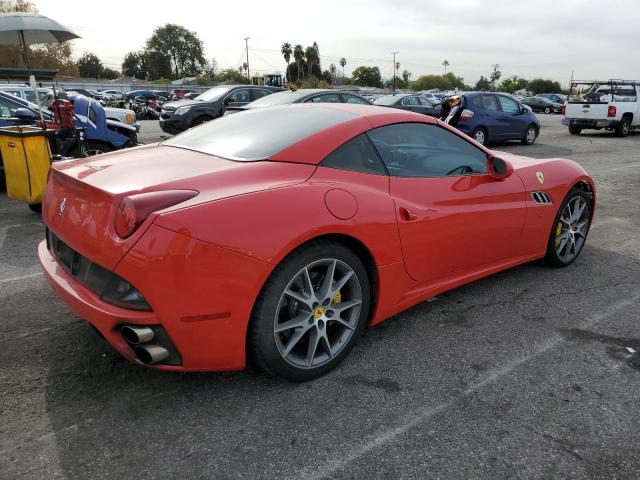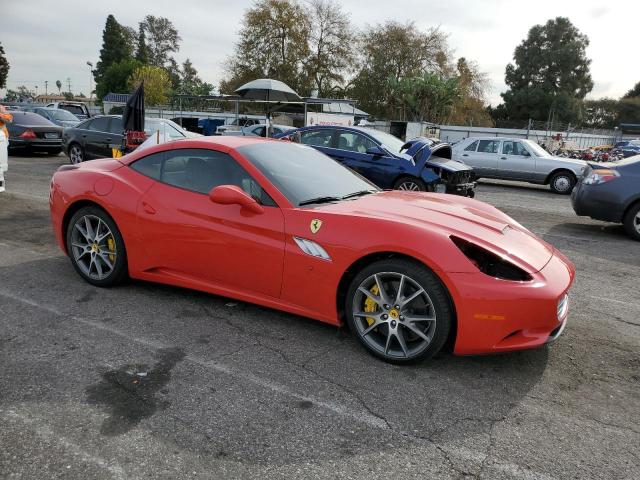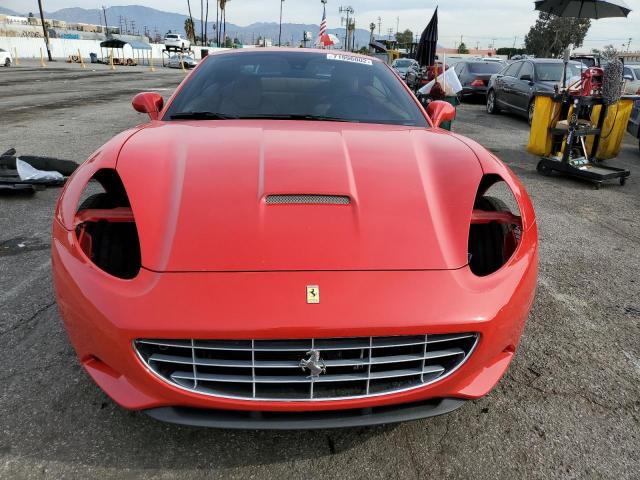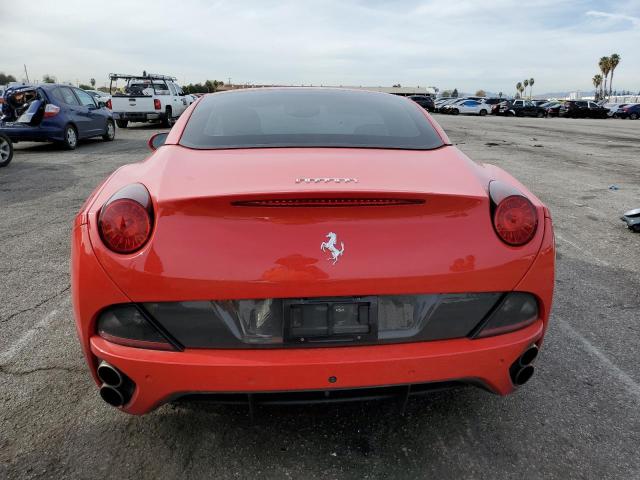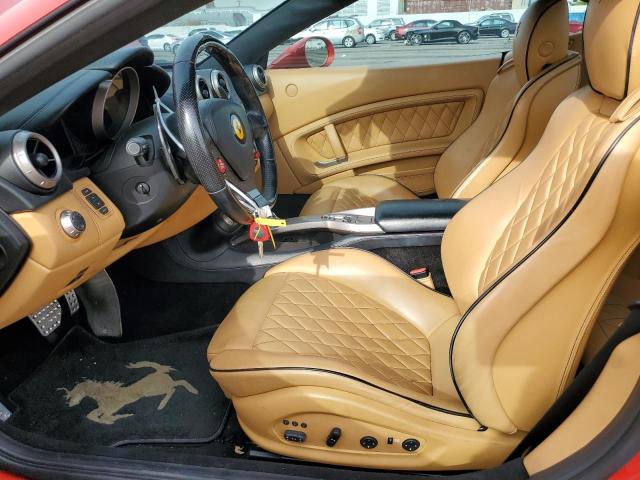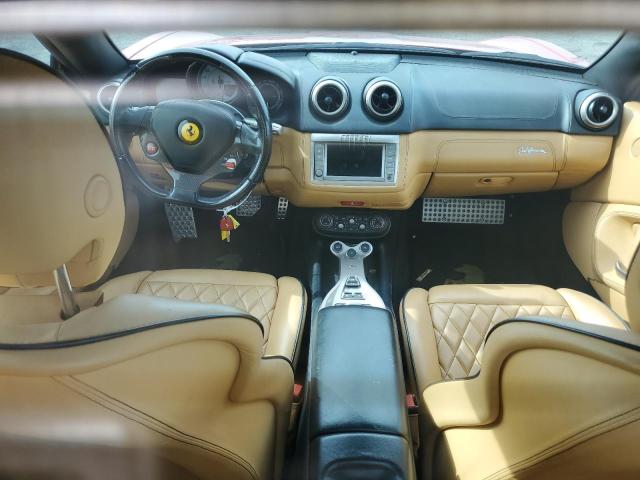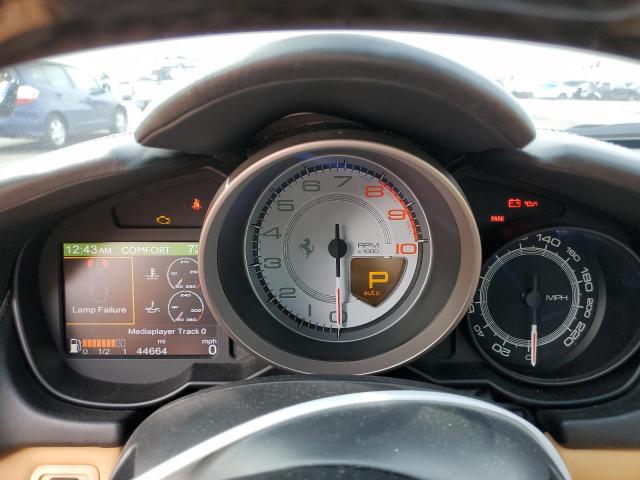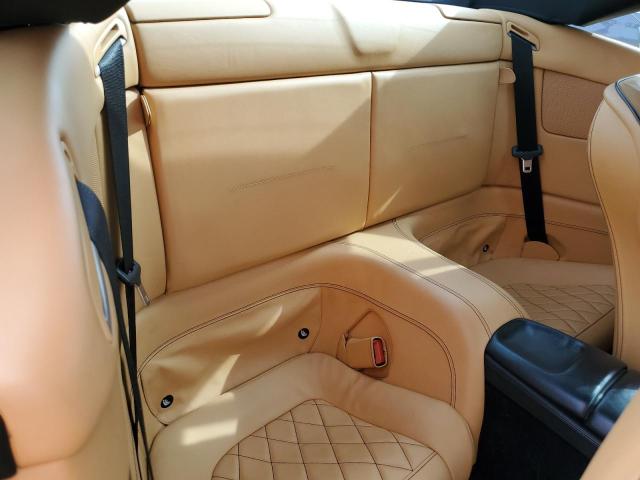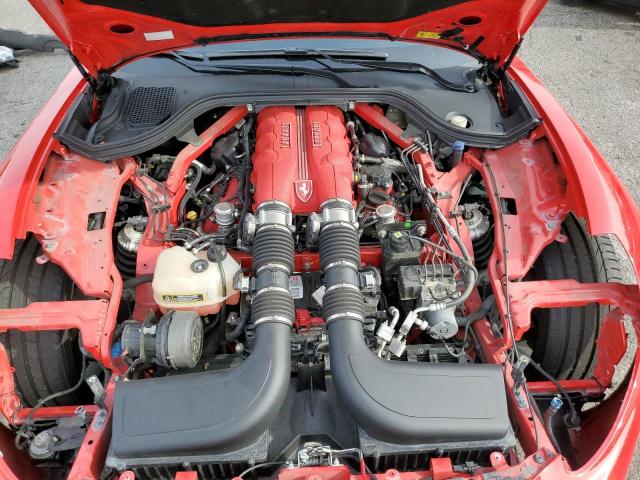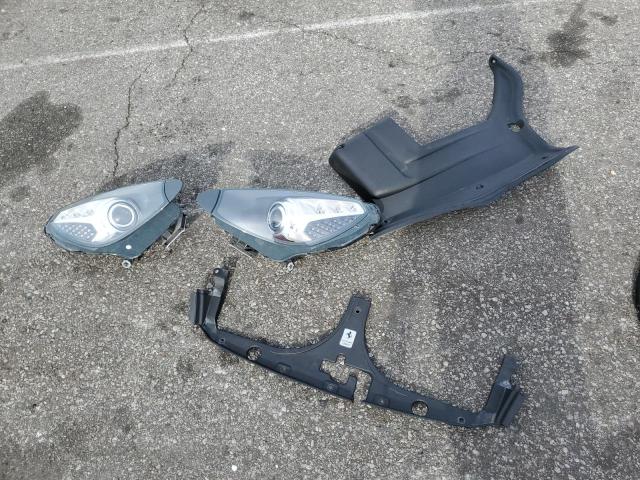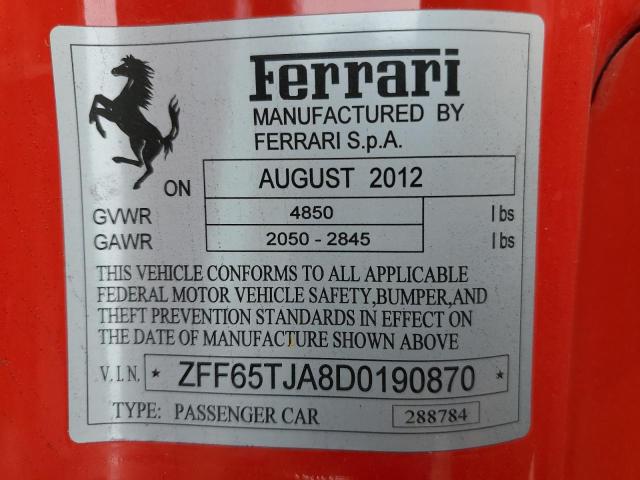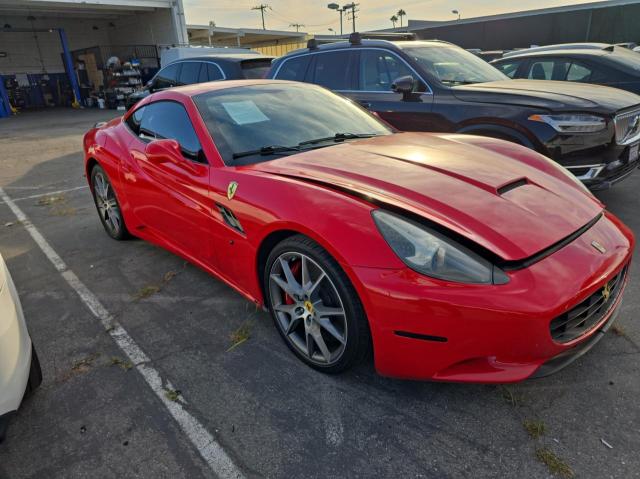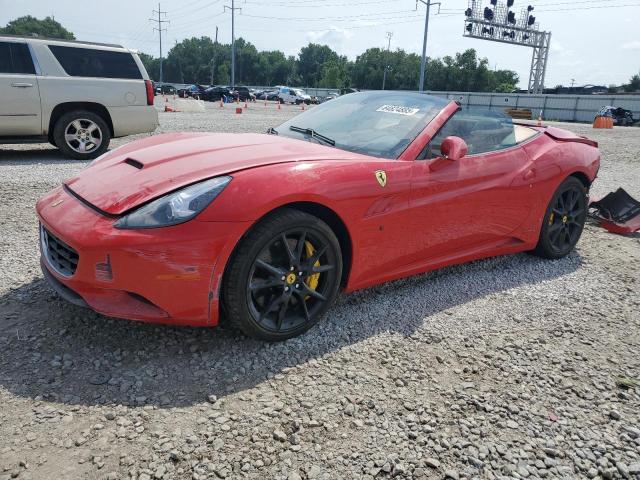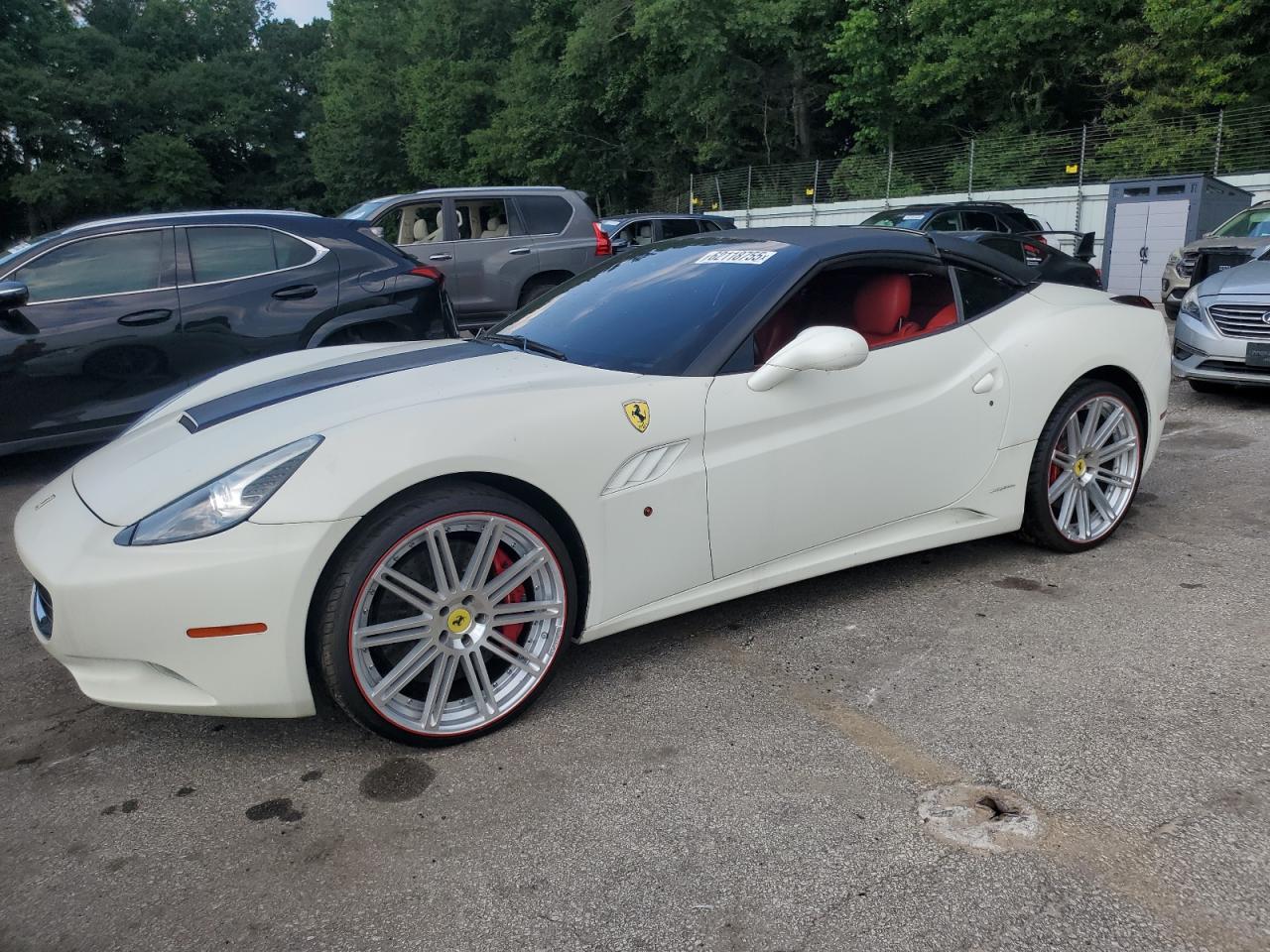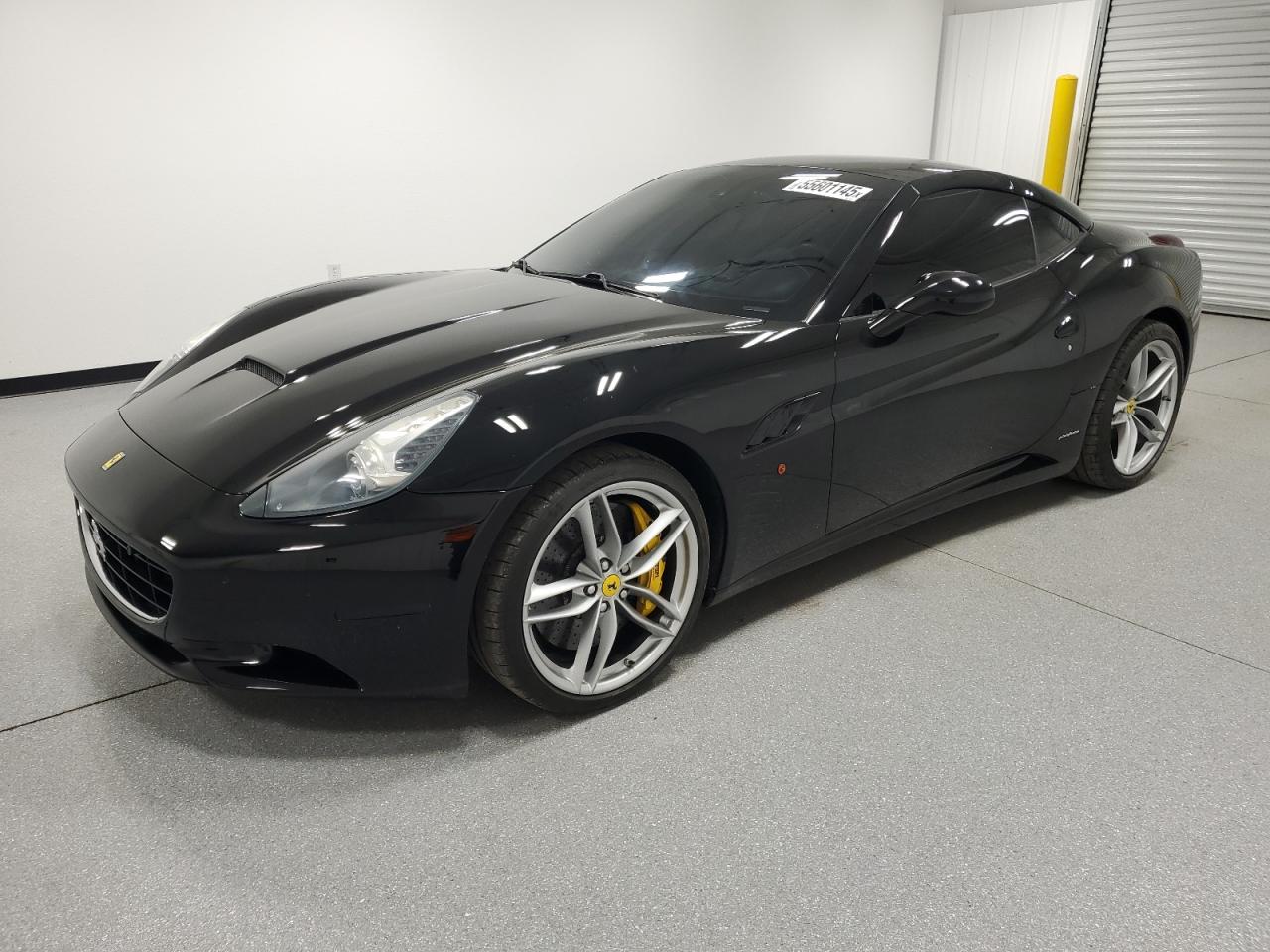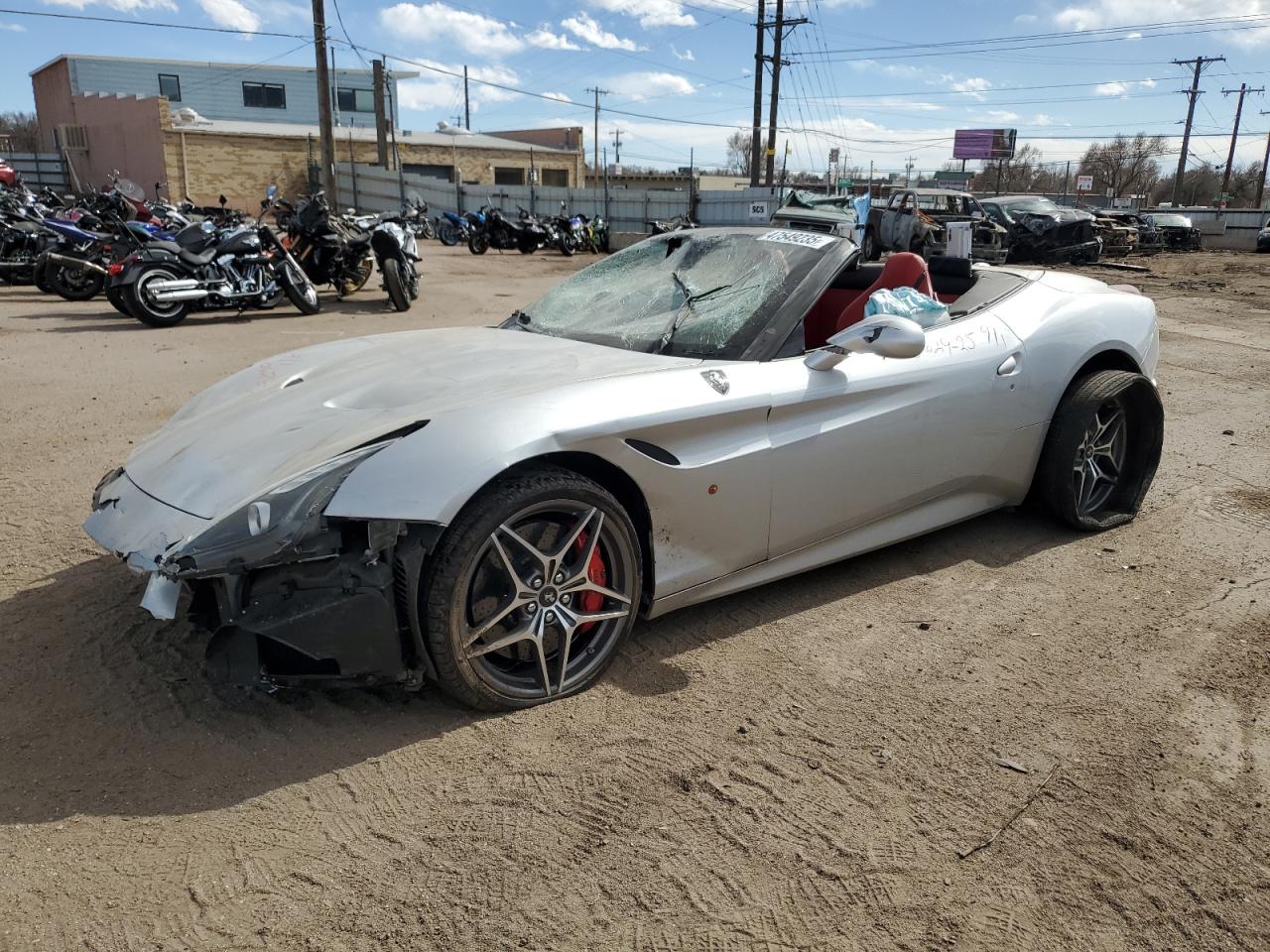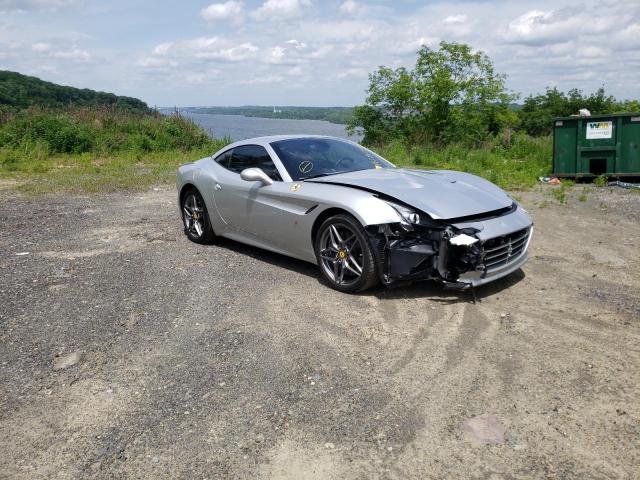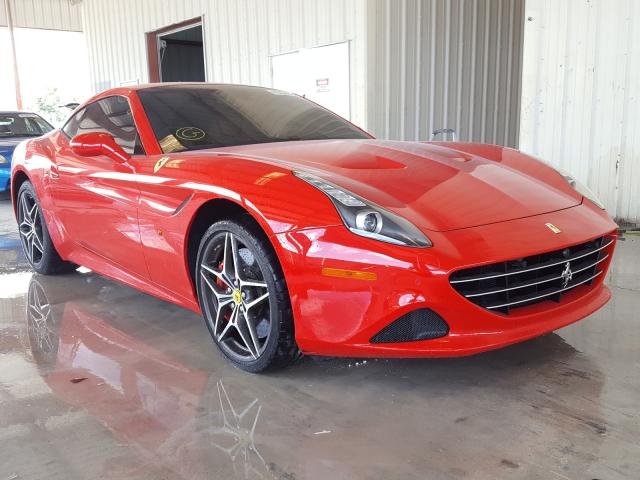2013 FERRARI CALIFORNIA | ZFF65TJA8D0190870
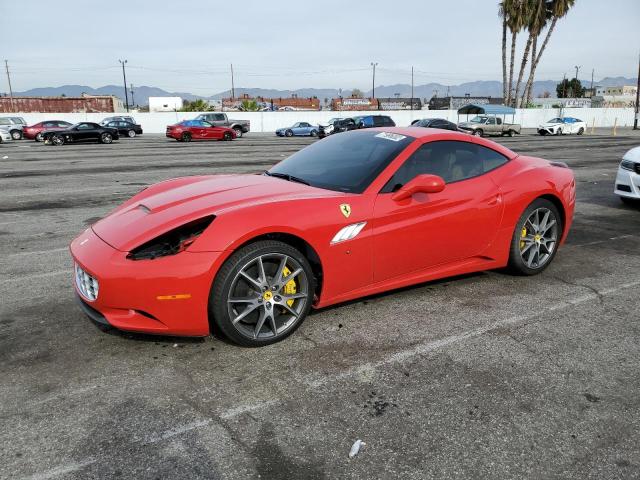 ❯
❯Lot details
- Sale Date2023-01-24
- Lot Number71996002
- ACV118868 $
- Sale documentCA -
- LocationCA - VAN NUYS
- Odometer44,664 miles (71,880 km)
- Primary DamageUNDERCARRIAGE
- Secondary DamageMINOR DENT/SCRATCHES
Vehicle details
- Make
- Model
- Year2013
- FuelGAS
- Engine4.3L 8
- TransmissionsAUTOMATIC
- Drive TypeRear-wheel drive
Vehicle specifications
1
~$200,000
Engine: 4.3L naturally aspirated V8
Torque: 505 Nm
0–100 km/h: ~3.8 s
The Ferrari California 30 was the final and most refined version of Ferrari’s first front-engined V8 grand tourer convertible. With 490 horsepower from a naturally aspirated 4.3L V8, it delivered strong performance figures — 0–100 km/h in 3.8 seconds and a top speed just above 310 km/h — while maintaining a uniquely elegant, usable character.
Unlike mid-engined V8 Ferraris of the era, the California was conceived as a dual-purpose GT, pairing long-distance comfort with high-performance capability. It introduced several Ferrari firsts: retractable hardtop, direct fuel injection, and a front-mid engine layout in a V8-powered prancing horse.
The 2012 update significantly sharpened the car’s dynamics: a 30 kg weight reduction, 30 hp power bump, quicker steering ratio, stiffer springs, and an optional Handling Speciale pack turned the California into a far more responsive and engaging machine — especially on twisty roads or circuits.
Visually, it retained Pininfarina’s smooth proportions, a long hood, short rear deck, and quad tailpipes, while the interior emphasized leather-clad comfort and Ferrari’s first infotainment integrations.
As the starting point for a lineage of daily-drivable Ferraris, the California 30 earns its place in the performance registry as a milestone: a V8 grand tourer that brought Ferrari ownership to a wider audience without compromising power, precision, or soul.
Final Bid Ferrari California (2013)
$30,500
$42,200
$53,500
Body Styles
A 2-door grand touring convertible with a power-retractable hardtop, the first of its kind in Ferrari history. The folding aluminum roof opened or closed in 14 seconds, transforming the California from a coupe into a roadster. Its 2+2 layout allowed for occasional rear passengers or expanded luggage space. The California HS (Handling Speciale) introduced a recalibrated suspension, faster steering, and a sportier exhaust tone, elevating the car’s dynamics without compromising its GT comfort.
Model Name Meaning (Manufacturer)
The “California” name pays tribute to Ferrari’s iconic 250 GT California Spider of the 1950s–60s, one of the most desirable collector Ferraris ever made. The modern California reimagined that legacy with a front-mid mounted V8, usable rear seats, and a daily-drivable character. It also marked multiple firsts for Ferrari: the first front-mounted V8, the first dual-clutch transmission, and the first folding hardtop in the brand’s history.
Model Name Meaning (Languages)
“California” was chosen for its evocative, globally understood identity – symbolizing sun-soaked coastlines, relaxed luxury, and open-air freedom. Whether marketed in the U.S., Europe, the Middle East, or Asia, the name instantly communicated a lifestyle of elegant performance. It remains one of Ferrari’s most broadly appealing nameplates.
Body & Interior Colors and Rims
The Ferrari California was available in a refined palette of both classic and contemporary finishes. Core colors included Rosso Corsa, Giallo Modena, Blu Tour de France, Nero Daytona, and Grigio Silverstone. The model also introduced more understated luxury tones like Avorio, Blu Pozzi, and Argento Nürburgring, often paired with matching or contrasting roofs. Ferrari’s Atelier and Tailor Made programs allowed for personalization, including historic liveries, two-tone paintwork, and matte finishes for the first time on a GT model.
Interior configurations ranged from full Poltrona Frau leather upholstery in Beige Tradizione, Cuoio, Nero, or Rosso, to Alcantara inlays, contrasting stitchwork, and carbon fiber inserts. The cockpit layout emphasized comfort with multimedia integration, dual-zone climate control, and more storage than any previous Ferrari. The Handling Speciale package added sportier seats, aluminum footrests, and a thicker steering wheel rim with revised Manettino calibration.
Wheel options included 19-inch diamond-finished alloys, with optional 20-inch forged wheels in star-pattern or twin-spoke designs. Calipers could be finished in yellow, red, silver, or black, and carbon ceramic brakes were standard across all variants. HS models also offered lighter wheels and recalibrated dampers from the 599 GTB's magnetic ride system.
Top Expensive Options
- Handling Speciale Package (stiffer springs, faster steering, exhaust): ~$7,000
- Carbon Fiber Driving Zone with LED Steering Wheel: ~$5,000
- Full Electric Daytona Seats with Memory & Ventilation: ~$6,000
- Magneride Dual-Mode Suspension: ~$4,500
- Dual-Tone Exterior Paint (Roof Contrast): ~$3,000
- Apple iPod Integration & Infotainment Upgrade: ~$2,500
- Front and Rear Parking Cameras + Sensors: ~$3,000
- Painted Shields and Custom Calipers: ~$1,200
- Leather Rear Bench and Parcel Shelf: ~$1,800
- Tailor Made Luggage Set (matched to interior): ~$4,000
vs Competitors
The Ferrari California (2009–2014) was a landmark model for the brand — the first Ferrari to feature a front-mounted V8, the first with a dual-clutch transmission, the first with a folding hardtop roof, and the first designed with daily drivability in mind. As a result, it entered a different competitive space than most Ferraris before it, going head-to-head with luxury sport convertibles like the Aston Martin DB9 Volante, Bentley Continental GT Convertible, Porsche 911 Carrera S Cabriolet, Mercedes-Benz SL63 AMG, and Maserati GranCabrio.
Compared to the Aston Martin DB9 Volante, the California felt more modern in its drivetrain and chassis tuning. The DB9 offered timeless beauty and a sonorous V12, but the Ferrari had a faster-shifting gearbox, more agile handling, and a greater sense of precision. While the Aston leaned toward luxury GT cruising, the California added sporty responsiveness and steering feel, even if it wasn’t as raw as Ferrari’s mid-engine models.
Next to the Bentley Continental GT Convertible, the California was far lighter and more focused. The Bentley was unmatched in interior opulence and offered effortless W12 torque, but it was heavier and less nimble. The Ferrari prioritized engagement, sound, and sharp dynamics, making it more suitable for spirited drives, though slightly less insulated on long-distance highway journeys.
The Porsche 911 Carrera S Cabriolet (997.2 and early 991) offered a more compact, rear-engined package that was easier to live with on narrow roads and in cities. While not as dramatic or luxurious as the Ferrari, the 911 was more precise, better balanced in poor conditions, and highly refined. However, the California had more presence, a more exotic driving position, and a V8 soundtrack that offered a more emotional payoff.
In a comparison with the Mercedes-Benz SL63 AMG, the California again came out as the more agile and emotional choice. The SL63 had a mighty twin-turbo V8 and an air of understated power, but it couldn’t match the Ferrari’s naturally aspirated throttle response, bespoke interior character, or sharper steering. The Mercedes felt more like a tech-laden GT; the Ferrari more like a true sports car with added usability.
The Maserati GranCabrio shared some corporate DNA with the California but played a different role — focusing more on Italian grand touring style and elegance than outright performance. The GranCabrio had a stunning design and glorious V8 sound, but it was heavier, less precise, and slower. The California felt like a car that had been engineered to be driven hard, while the Maserati leaned into relaxed glamour.
Fun Fact
The Ferrari California was the most technologically advanced road-going Ferrari at launch, debuting the brand’s first dual-clutch gearbox, first multilink rear suspension, and first factory-fitted touchscreen infotainment system. Despite being the entry-level Ferrari at the time, it accounted for nearly 1/3 of all Ferraris sold globally during its run – making it one of the most commercially successful Ferraris ever built.



